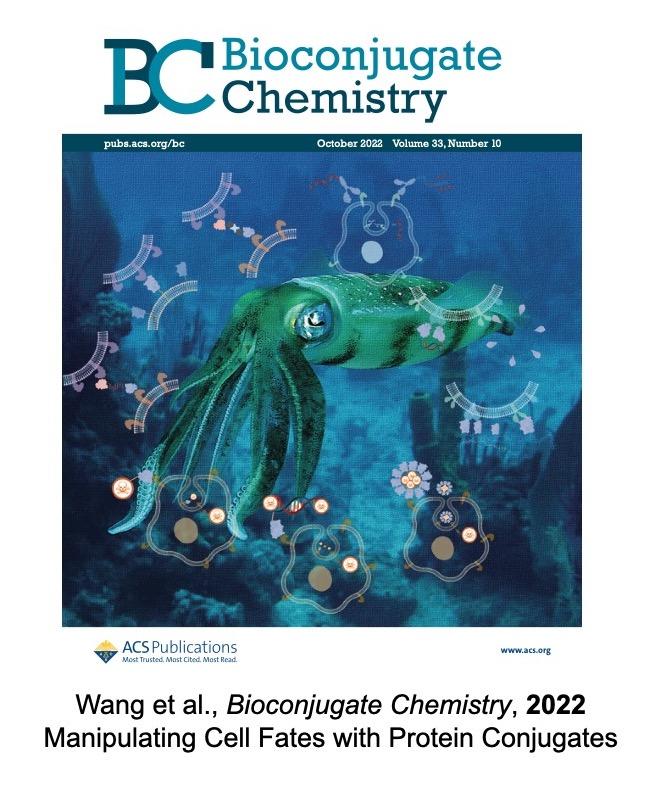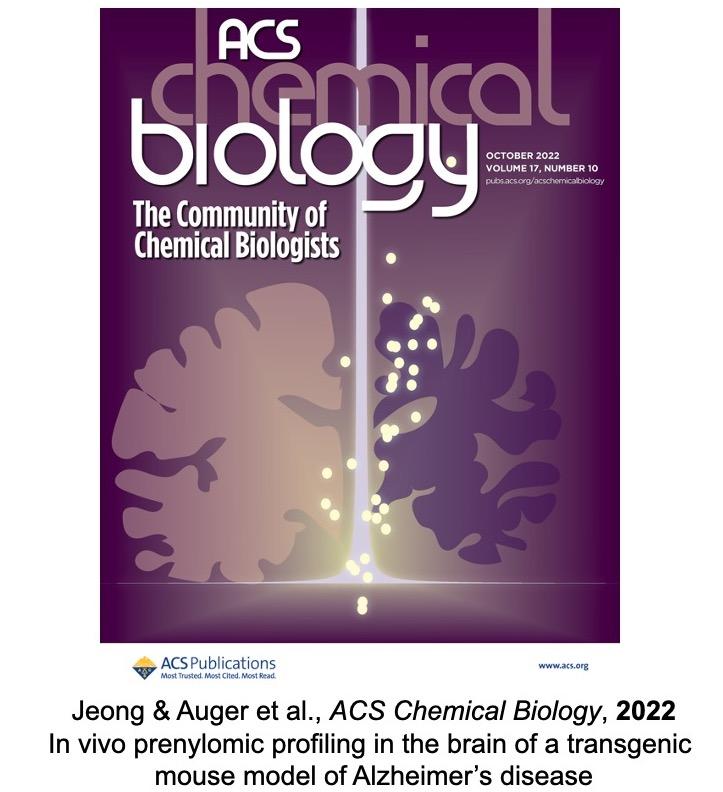Protein Prenylation - The Anchor of Life
Protein prenylation is a post-translational modification that consists of the attachment of 15 or 20 carbon isoprenoids to specific cysteine residues positioned near the C-termini of proteins. In a eukaryotic cell, there are several hundred prenylated proteins including most members of the Ras superfamily and heterotrimeric G-proteins; the prenyl group serves to anchor these proteins in the membrane so that they are positioned to interact with cell surface receptors either directly or via adaptor proteins. This means that essentially all signaling processes in eukaryotic cells require the participation of prenylated proteins for everything ranging from the regulation of cell division to stem cell differentiation and development. Beyond biological significance, the critical role of prenylated proteins also makes them important targets for the design of new therapeutic agents for a variety of diseases.
Research in the Distefano Group

Works in the Distefano Group on protein prenylation is focused in two areas: Chemical Biology and Biotechnology Applications. In pursuit of those studies, members of the group perform a variety of different types of experiments including chemical synthesis, biochemistry, proteomics, cell culture and animal-based work. The goal of these works is to gain insight into protein prenylation that can be used to advance biology and develop new therapeutic approaches for a broad range of diseases including cancer, Alzheimer’s disease and infectious disease.

